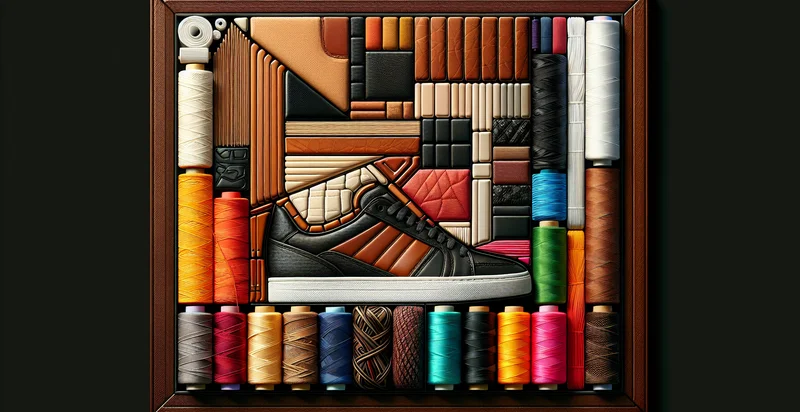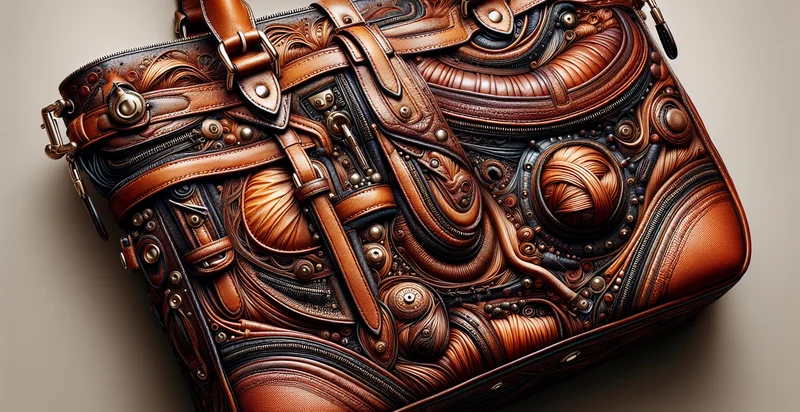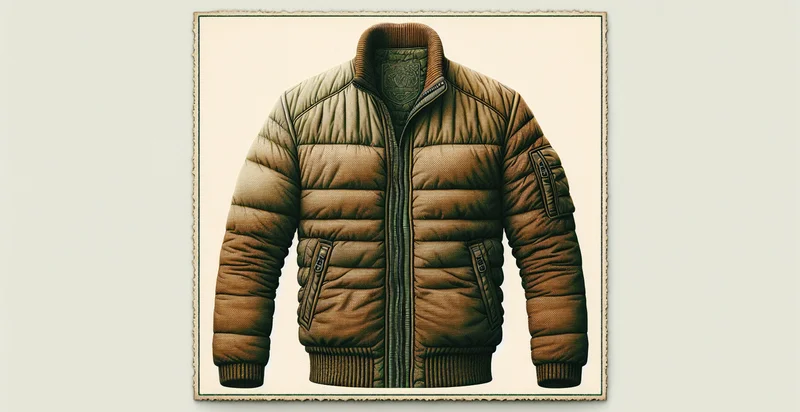Identify what material a shoe is made from
using AI
Below is a free classifier to identify what material a shoe is made from. Just upload your image, and our AI will predict what material a shoe is made from - in just seconds.

Contact us for API access
Or, use Nyckel to build highly-accurate custom classifiers in just minutes. No PhD required.
Get started
import nyckel
credentials = nyckel.Credentials("YOUR_CLIENT_ID", "YOUR_CLIENT_SECRET")
nyckel.invoke("what-material-a-shoe-is-made-from", "your_image_url", credentials)
fetch('https://www.nyckel.com/v1/functions/what-material-a-shoe-is-made-from/invoke', {
method: 'POST',
headers: {
'Authorization': 'Bearer ' + 'YOUR_BEARER_TOKEN',
'Content-Type': 'application/json',
},
body: JSON.stringify(
{"data": "your_image_url"}
)
})
.then(response => response.json())
.then(data => console.log(data));
curl -X POST \
-H "Content-Type: application/json" \
-H "Authorization: Bearer YOUR_BEARER_TOKEN" \
-d '{"data": "your_image_url"}' \
https://www.nyckel.com/v1/functions/what-material-a-shoe-is-made-from/invoke
How this classifier works
To start, upload your image. Our AI tool will then predict what material a shoe is made from.
This pretrained image model uses a Nyckel-created dataset and has 19 labels, including Bamboo, Canvas, Cork, Cowhide, Denim, Faux Fur, Gore-Tex, Leather, Mesh and Microfiber.
We'll also show a confidence score (the higher the number, the more confident the AI model is around what material a shoe is made from).
Whether you're just curious or building what material a shoe is made from detection into your application, we hope our classifier proves helpful.
Related Classifiers
Need to identify what material a shoe is made from at scale?
Get API or Zapier access to this classifier for free. It's perfect for:
- Quality Control: The material identifier can be integrated into the manufacturing process to verify that the correct materials are being used for each shoe model. This reduces the risk of production errors and ensures that only materials that meet the brand's quality standards are utilized.
- Sustainability Reporting: Brands can leverage the function to assess the environmental impact of their products by identifying materials and classifying them as sustainable or non-sustainable. This data can aid in transparent reporting and help companies align with sustainability goals.
- Personalized Marketing: Retailers can use the material classification to enhance customer experience by recommending products based on material preferences. If a customer prefers vegan materials or specific kinds of leather, the system can highlight suitable product options.
- Warranty Validation: Shoe manufacturers can implement the material identifier to validate warranty claims by confirming whether the shoe was made from the appropriate materials. This can enhance customer trust and streamline the warranty claim process.
- Fraud Detection: The function can be employed to identify counterfeit products by verifying if the materials used match the brand’s specifications. This would help in protecting brand integrity and consumer rights by reducing the circulation of fake goods.
- Product Development: Designers can utilize the material classification function to research and select materials for new shoe lines. By analyzing which materials yield the best performance and sustainability ratings, they can create innovative designs that appeal to eco-conscious consumers.
- Supply Chain Optimization: Companies can harness this technology to monitor their supply chains effectively by ensuring that suppliers adhere to prescribed material standards. This can reduce inefficiencies, improve supplier relationships, and ensure compliance with regulatory requirements.


